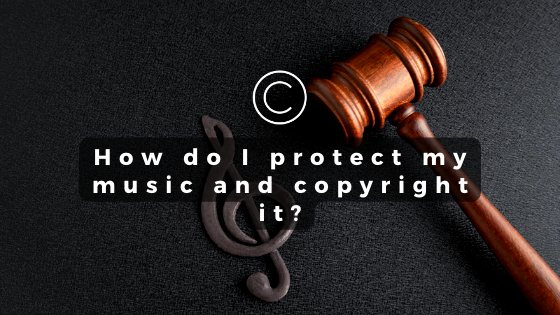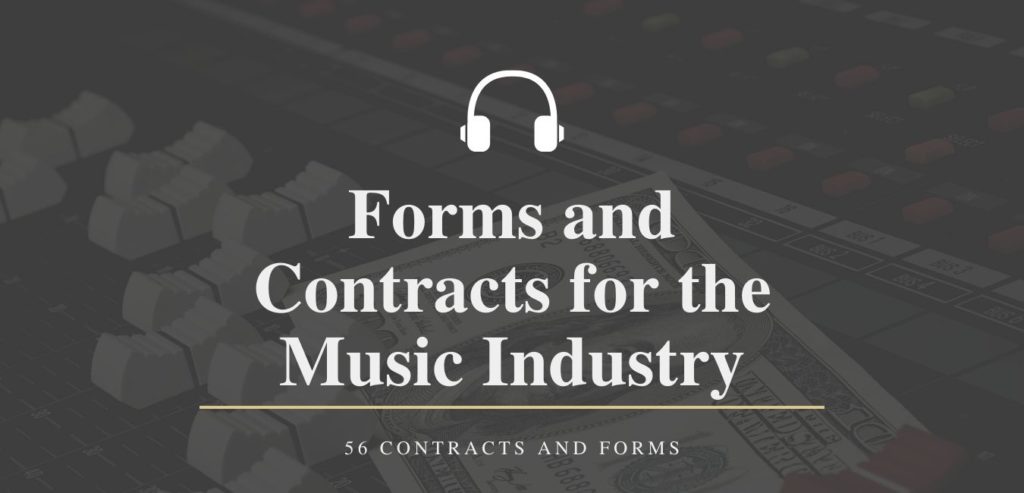
|
Check out our new audio content!
Getting your Trinity Audio player ready...
|
Protecting your music and ensuring you are properly compensated for your work is crucial to being a musician. After all, your music is your livelihood, and it’s essential to take the necessary steps to safeguard it. In this article, we’ll look closer at how you can protect your music and secure your rights as the creator.
Register it With the Copyright Office.
The first step in protecting your music is registering it with the Copyright Office. This will give you legal proof of ownership and the right to take legal action if your music is used without your permission. Registering your music with the Copyright Office can seem daunting, but it’s pretty straightforward. Simply fill out the required forms, pay the fee, and submit your work. Once your music is registered, you’ll receive a registration certificate as your legal proof of ownership.
Use Proper Labeling and Metadata.
Another way to protect your music is to use proper labeling and metadata. This includes including your name, song title, and the copyright date on your music files. This will ensure that your music is easily identifiable and can help prevent it from being stolen or used without your permission.
Consider Using a Service Like Songtrust.
Songtrust is a company that helps songwriters and publishers like you track where your music is being played and collect the royalties you’re owed. They do the heavy lifting for you, keeping an eye on streaming platforms, sync licensing, and live performances so you don’t have to. Plus, they provide detailed reports and analytics, showing exactly how your music performs and where you can focus your efforts to make the most money.
One of the best things about Songtrust is that it makes it easy to track your earnings. You don’t have to worry about figuring out where your music is being played and how much you’re owed – Songtrust takes care of all that for you. Plus, they register your music with performing rights organizations (PROs) like ASCAP, BMI, and SESAC, which means you’ll start collecting royalties for public performances of your work.
Another great thing about Songtrust is that it allows you to focus on what you do best – creating music. With Songtrust taking care of the nitty-gritty details, you can spend more time writing and recording instead of worrying about where your music is being played and how much you’re getting paid.
Using a service like Songtrust is smart for any musician looking to protect their music and get the proper compensation for their work. With Songtrust, you can rest easy knowing that your music is being tracked and royalties are being collected while you can focus on what you do best, making music.
Navigating the Different Types of Music Licenses.
It’s also important to be aware of the different types of licenses when using music. For example, if you’re using a piece of music in a video you plan to upload to YouTube, you’ll need to get a sync license. A sync license grants you the right to use the music in a visual medium such as a film or video. On the other hand, if you plan to use a piece of music in a live performance, you’ll need a performance license.
Protecting your music and ensuring you are properly compensated for your work is essential as a musician. By registering your music with the Copyright Office, using proper labeling and metadata, and working with services like Songtrust, you can safeguard your rights and ensure your music is properly compensated. Remember also to be aware of the different types of licenses; when necessary, it will make using other’s music in your projects much smoother.
